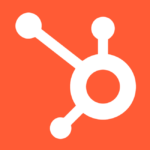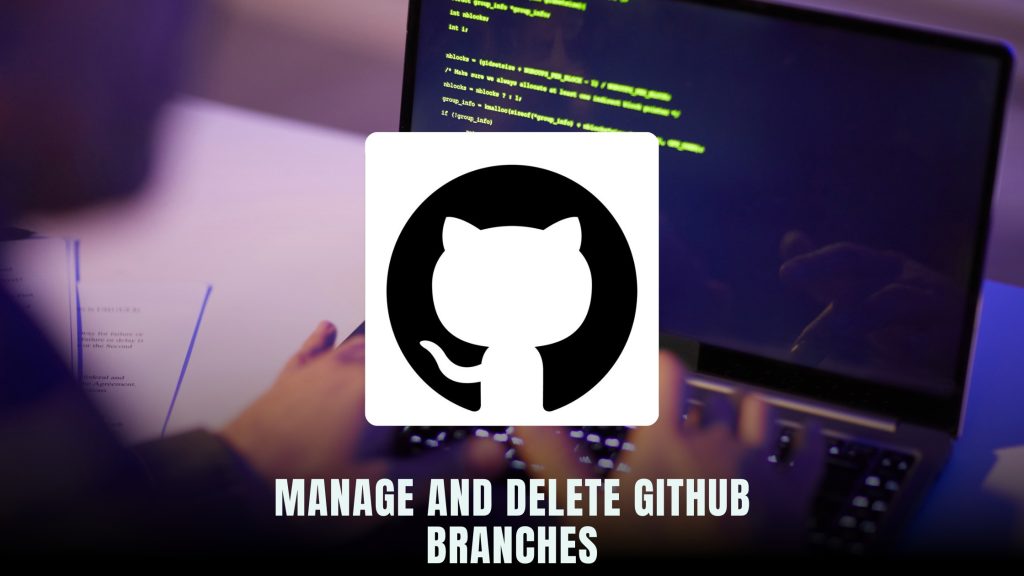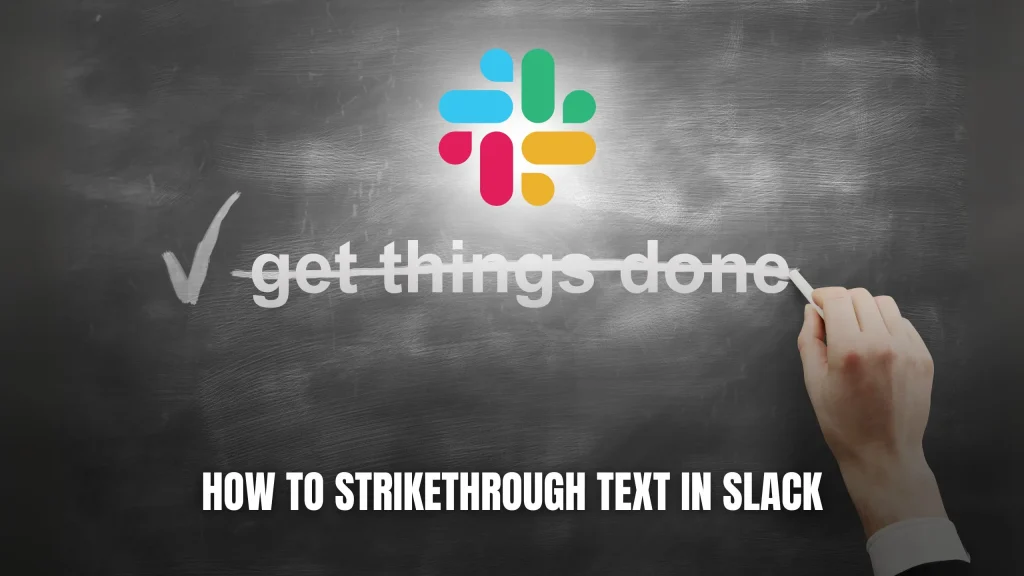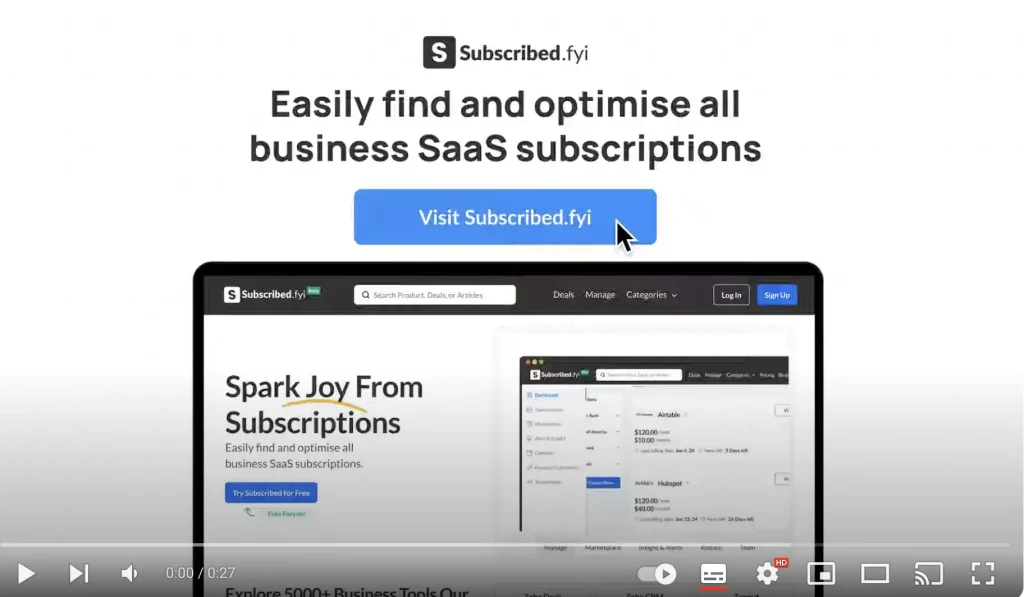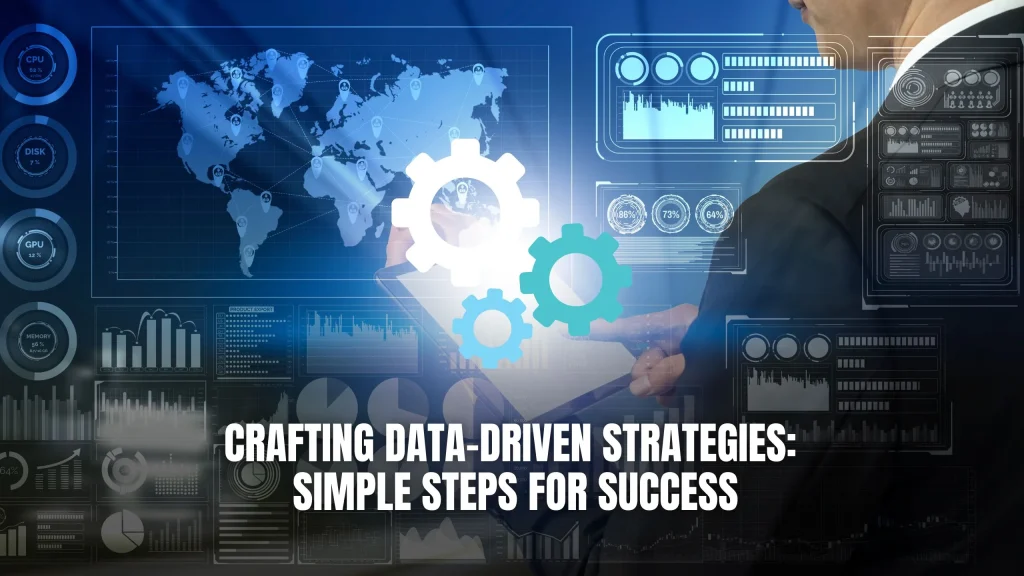SaaS vs. Open Source: Making the Right Software Choice
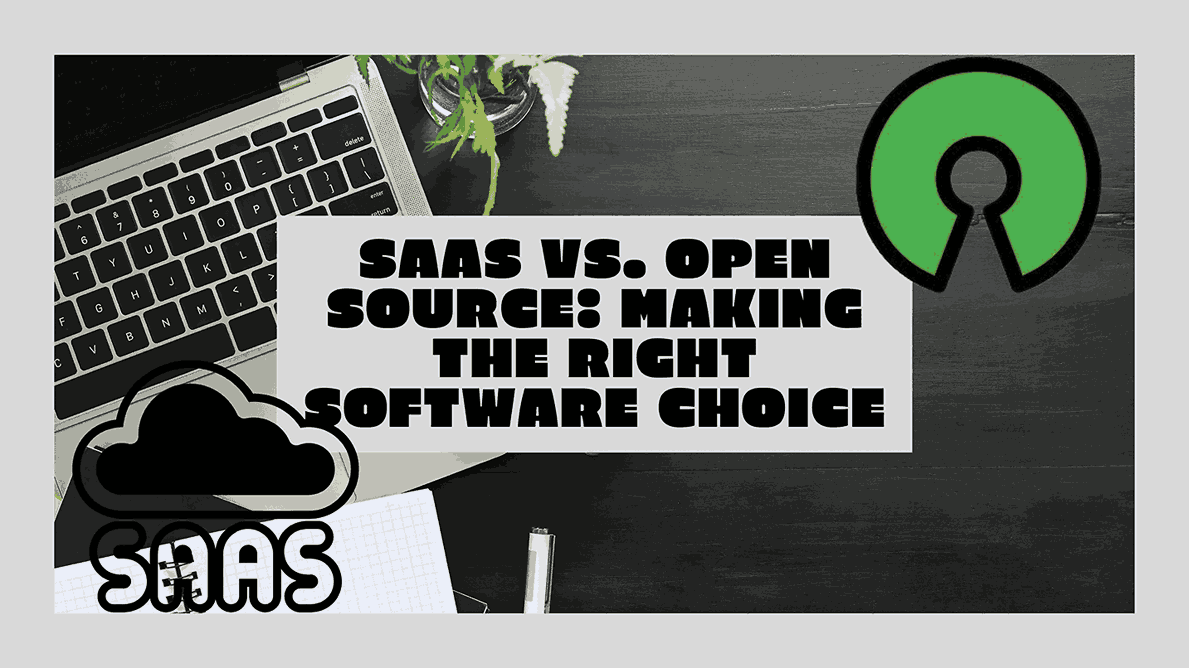
SaaS vs. Open Source: Making the Right Software Choice
In the ever-evolving landscape of business operations, choosing the right software solutions is crucial. Many companies are faced with the decision of whether to embrace Software-as-a-Service (SaaS) or leverage open-source software to build their customized solutions. Both options have their merits, but making the right choice depends on several essential criteria that can significantly impact your business. In this article, we’ll explore seven key considerations to help you make an informed decision.
1. Costs
Cost-effectiveness is often the driving force behind many software decisions. SaaS cloud solutions appear attractive due to their low initial entry costs, and in some cases, they’re even free. This makes them appealing for small-scale rollouts or proofs-of-concept. For further insights into cost-effectiveness, check out this article on SaaS vs. Open Source for E-commerce.
However, it’s crucial to consider the long-term costs. As your data volumes and application requirements grow, the costs associated with SaaS solutions may increase significantly. Open-source software, on the other hand, can be up to ten times more cost-efficient at scale. Explore this article on Open Source vs. SaaS: What’s Best for Your Business for a deeper understanding of cost-effectiveness.
To make an informed choice, it’s essential to forecast your data processing, storage, and usage volumes. This way, you can objectively assess which option aligns with your business’s strategic needs.
2. Vendor Lock-In
Vendor lock-in is a risk associated with relying entirely on one SaaS service provider. Once your organization’s data is in the cloud, migrating to other solutions can be challenging and require significant implementation effort. Vendor lock-in can lead to increased costs and jeopardize business continuity. Dive deeper into this topic with this LinkedIn article on SaaS vs. Open Source: Seven Essential Criteria to Consider.
Open-source software provides more flexibility and mitigates the risk of vendor lock-in. You have greater control over critical aspects of your solution and can more easily migrate between cloud infrastructure vendors.
3. Data Sovereignty
Data sovereignty is a critical concern in the modern world of data privacy and regulations. Knowing where your data is stored, who has access to it, and ensuring it complies with local laws and regulations is essential. SaaS solutions may limit your control over data location, making it challenging to meet data sovereignty requirements. For an in-depth look at data sovereignty, read this article.
With open-source software, you have the freedom to store and manage your data wherever you choose, ensuring full control and transparency.
4. Transparency
Transparency in software is vital for organizations that require a deep understanding of their supply chain, software origins, and potential security vulnerabilities. With SaaS solutions, you often lack visibility into the underlying software, making it challenging to assess potential risks.
Open-source software offers complete transparency. Large communities work on these solutions, providing extensive documentation and transparency regarding the software’s functionality and any security risks. For further insights into transparency, read this article on Open Source vs. SaaS: A Y-World.
5. Scalability
The ability to scale is crucial as your business grows. SaaS solutions may not always guarantee sufficient scalability, potentially leading to limitations down the road. They may work well for small-scale projects, but when data volumes increase, you could face scalability challenges. Find out more about scalability in e-commerce by reading this article.
Open-source cloud-native technologies, such as Apache Kafka, Apache Flink, and Apache Spark, are designed to scale efficiently. They provide proven scalability, giving you peace of mind as your data processing needs grow.
6. Custom Requirements
Every business is unique, and many have specific requirements driven by the need for differentiation or regulatory compliance. Off-the-shelf SaaS products are designed to cater to the most common needs but often fall short of addressing specialized requirements. To understand more about how custom requirements impact your software choice, check out this article.
Open-source software allows for tailored solutions that meet your unique demands. While it may require an upfront investment, it ensures control over your roadmap and the ability to deliver innovative and differentiating solutions.
7. Service Level Agreements (SLAs)
For businesses reliant on critical services, service uptime is a major concern. SaaS providers often offer best-effort objectives for service uptime and provide service credits as compensation if these objectives are not met. However, stronger guarantees may be required.
Custom solutions designed for service availability offer stronger service guarantees, full transparency, and control, ensuring critical services meet their availability targets.
In conclusion, choosing between SaaS and open-source software is a decision that should consider these seven essential criteria. Your choice can have significant and long-lasting effects on your business, so it’s vital to carefully assess your unique needs and long-term strategic goals.
To learn more about how Klarrio assists its customers in their digital transformation, visit our website: Klarrio.
